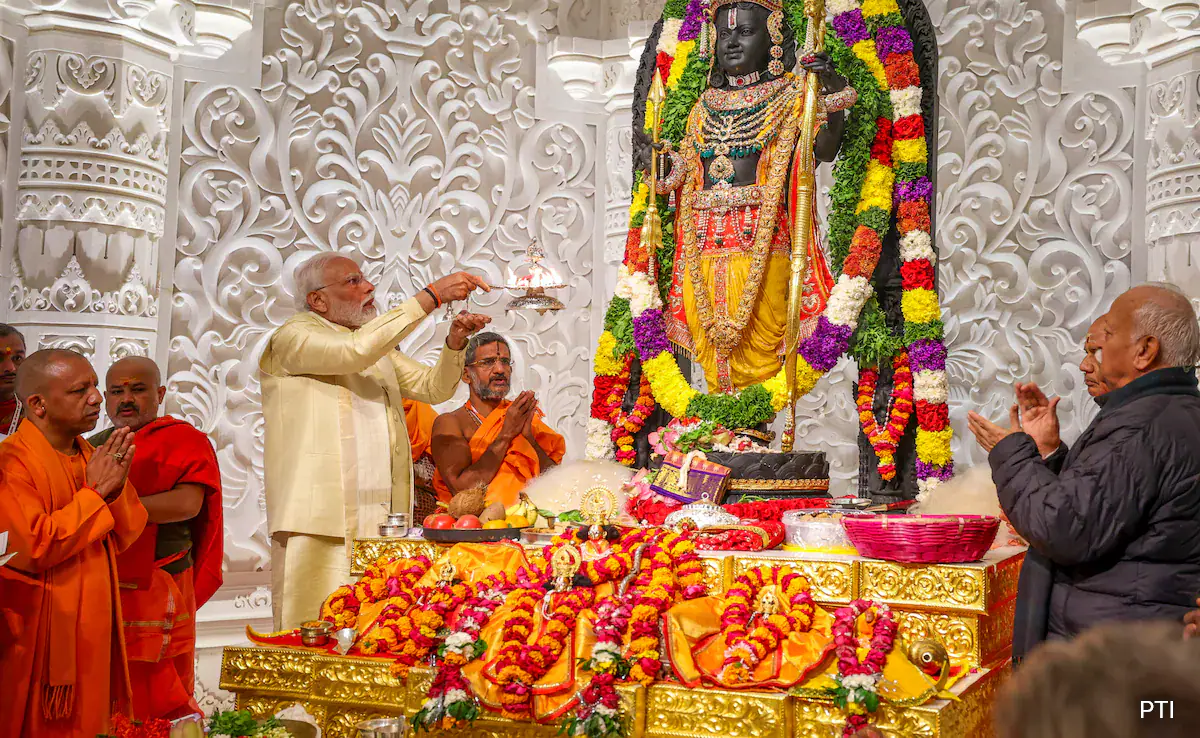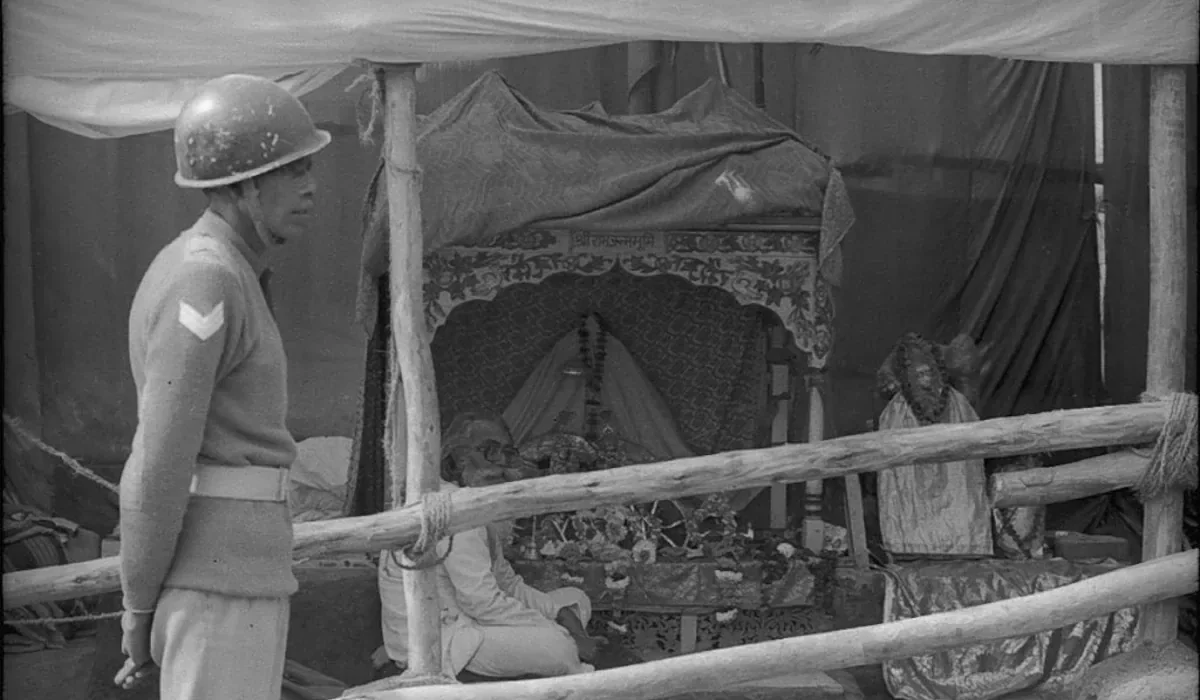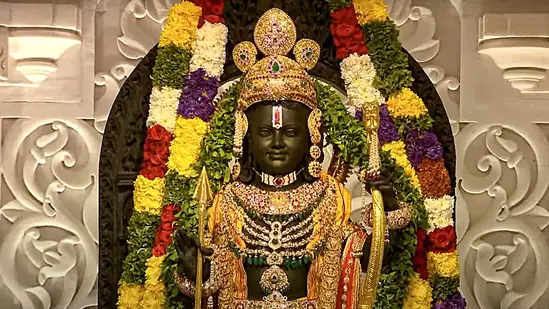Introduction:
The historic opening ceremony of the Ram Temple in Ayodhya not only marked a momentous occasion for millions of Hindus worldwide but also brought attention to the intriguing saga of the Old Ram Idol. This ancient deity, which reportedly mysteriously appeared inside the Babri Masjid in 1949, is set to embark on a new chapter as it finds a new home within the grandeur of the newly constructed temple.
The Night of Revelation – 1949:
The narrative surrounding the Old Ram Idol begins on the night of December 22, 1949, inside the Babri Masjid. According to various accounts, several people claimed to have witnessed the sudden appearance of a Ram idol, setting off a chain of events that would shape the religious landscape of Ayodhya for decades to come. This unexplained phenomenon intensified religious sentiments and laid the foundation for a prolonged legal battle.
The Grand ‘Pran Pratishtha’ Ceremony:
Fast forward to the present day, where the grand ‘pran pratishtha’ ceremony took center stage at the Ayodhya Ram Temple. Amidst the celebration, a new 51-inch idol sculpted by Mysuru-based artist Arun Yogiraj found its place in the sanctum sanctorum. Carved from black stone, adorned in a yellow dhoti with a golden crown and accessories, the new Ram Lalla idol now holds a prominent position in the temple.

Transition of the Old Ram Idol:
However, the spotlight also falls on the Old Ram Idol. Which has been housed in a makeshift tent-like structure since its mysterious appearance in 1949. Officials and priests reveal that the old idol will not be left behind; instead. It will be relocated to the new temple and placed on a throne opposite the new Ram Lalla idol. This symbolic move aims to honor the deity’s historical significance and maintain a connection to the events that unfolded at the Babri Masjid.
The Ceremonial Journey:
Nripendra Misra, chairman of the temple construction committee, shares insights into the transition of the Old Ram Idol, stating, “The lord who is already there will also move to the temple. Ceremonies are being performed. The idol which is in the temporary temple will also move to the garbha griha (sanctum sanctorum).” This carefully orchestrated transfer involves rituals performed by the temple’s priests, emphasizing the spiritual continuity between the old and the new.
A Standing Legacy:
The Ayodhya Ram Temple is poised to house not only the newly consecrated Ram Lalla idol but also the historic ‘murti’ that appeared in 1949. Both idols will occupy the singhasan (throne), symbolizing the coexistence of tradition and contemporary religious practices. Mr. Misra emphasizes the significance, “You will have a standing idol of Ram Lalla, and also the ‘murti’ (idol) which appeared in 1949. Both idols will be at the singhasan.”

The Cultural Impact:
The grandeur of the Ram Temple’s opening ceremony, attended by luminaries from various fields, has ignited religious fervor across India. Prime Minister Narendra Modi, leading the ‘Pran Pratishta’ proceedings, urged Indians to celebrate. The event as Diwali – a festival that marks Lord Ram’s homecoming after defeating Ravan. The cultural impact of this event is undeniable, with states declaring holidays. Stock markets closing, and homes and businesses illuminated in celebration.
Also Read : Ayodhya Ram Temple: A Divine Consecration and Symbol of Unity
Conclusion:
As the Ayodhya Ram Temple stands tall on a 2.67-acre site, with its first phase completed. The Old Ram Idol’s transition signals a moment of spiritual continuity and reverence for the past. The second and final phase of the project, expected to conclude by December 2025. Reflects the monumental effort and financial contributions from within the country. The enigmatic journey of the Old Ram Idol from the Babri Masjid to the new temple epitomizes. The intertwining of history, religion, and the enduring spirit of Ayodhya.







